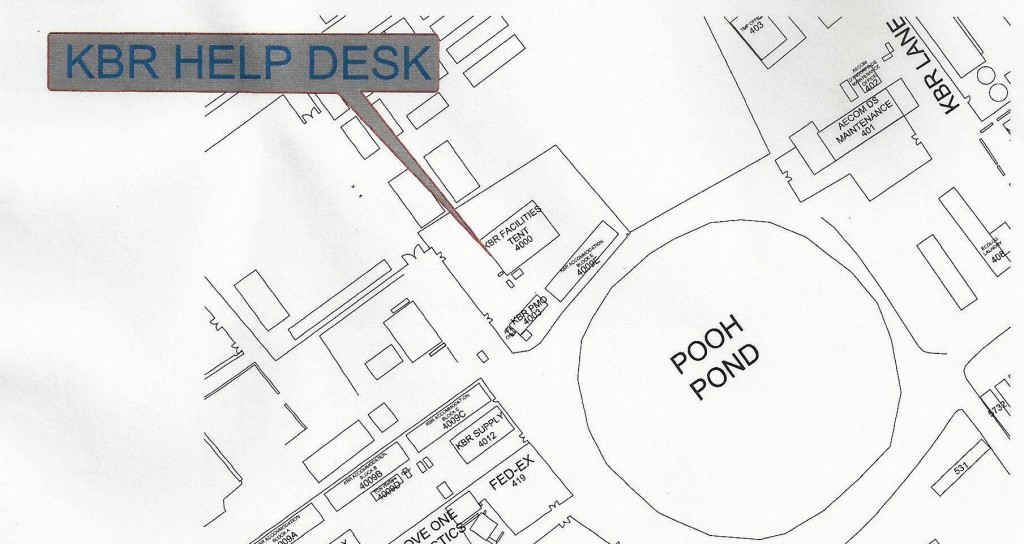It’s not detail, it’s dynamic range.
4K is the next big thing. That seems to be the conclusion of broadcast’s big equipment show – the NAB Convention. Deborah McAdams got it right. Nobody is going to make an investment in a technology that makes viewers nauseous. 3D has gone the way of quadrophonic.
But what is it that makes 4K (and beyond) a better experience than standard definition? The name implies that the heightened detail, higher definition is the sole ingredient. But why are HD videos so much different than SD? Surely it is more than the equivalent resolution of 35mm film that gives them the quality we call ‘filmic.’
The definition equivalent to 35mm film was reached somewhere before 4k resolution was achieved. There are plenty of real world considerations assigning a value to the resolving power of 35mm negatives but it is agreed that 4k scanning is sufficient for archiving these images. There is something else going on that simply resolution in the creation of filmic qualities.
As one who grew up printing photographs on paper, the world of high dynamic range is a new thing. The range of reflectivity for a paper print is about 6.5 stops, about 100 to 1. This is something close to the static dynamic range of the human eye. (With iris adjustment and chemical adaptation, the dynamic range of the human eye can handle better than a 1,000,000 to 1 ratio or about 20 stops.) The limited dynamic range available for a photographic print gave rise to the Zone System as refined and described by Ansel Adams. With the Zone System you matched the dynamic range available in the print with what you wanted to capture from the scene. You knew what the non-linearity of the gamma curve would mean for the finished product; what highlights and dark values would be without texture. Back then HD stood for Hurter and Driffield, the 19th century scientists who brought sensitometry and densitometry to the realm of photography.
In the days of film, the easy solution to all this was the projector. The still photographer worked with reversal film such as Kodachrome. The cinematographer would typically work with negative stock which could then be contact printed or otherwise prepared for duplication and distribution. The projector bypassed this severe restriction of dynamic range resulting from the reflection range of paper. With a strong lamp and sufficient film density your dynamic range went up dramatically. In McLuhan’s terms, you were dealing with light through rather than light on.
Thinking of the days of film, it was the dynamic range that made the difference between what could be accomplished as an image on paper and what could be done by projection. Halftone printing techniques could create images with wonderful resolution but their product paled in comparison with the same image projected. Just consider the effect of viewing a film or slide and then dimming the light source a few stops. Remember that each stop down halves the light intensity. It is easy to understand why dynamic range is such an important factor on image impact.
The Red One camera was specified to have 11.3 stops of dynamic range. It’s output was dramatically different than the video cameras of that time. It was this camera that started the shift toward “film” production by video methods. Today it is only necessary to shoot film when it is needed to meet the entry requirements of some film festivals.
Independent testing shows the sensor in the Red Epic and the Blackmagic Cinema cameras come close to 10 stops of usable dynamic range and that of the Arri Alexa a bit more than 13 stops. The Sony FS700 claims 14 stops of dynamic range in its AVCHD output. Resolution from the sensor used for the Red Dragon camera exceeds that of 65mm film. Since we are not approaching any limits established by the laws of physics it is safe to assume that resolution and dynamic range will continue to improve with each new generation of sensors in the near future.
With corresponding advances in compression technology there is no reason not to bring some of this advanced imagery to the world of broadcast. Other than the 8VSB transmission technology of course. US spectrum space is not allocated to handle material in the 4k realm in the manner of DVB-T2. These next few years will be interesting for the world of broadcast television. It would seem that, as happened with radio, that the competition for television broadcasters is no longer just other broadcasters. Broadcast quality, which used to mean technical quality at the highest level, has now shifted to mean something that is of inferior quality because of standards that keep technical specifications at a level of the state of the art thirty years ago.
Broadcasters can no longer compete on the basis of technical quality. The only recourse is competition with content by providing material that serves the local community. Let’s see if television broadcasters fare any better than radio broadcasters in this new marketplace.
Is this what the NAB has been talking about with the term convergence all this time?



